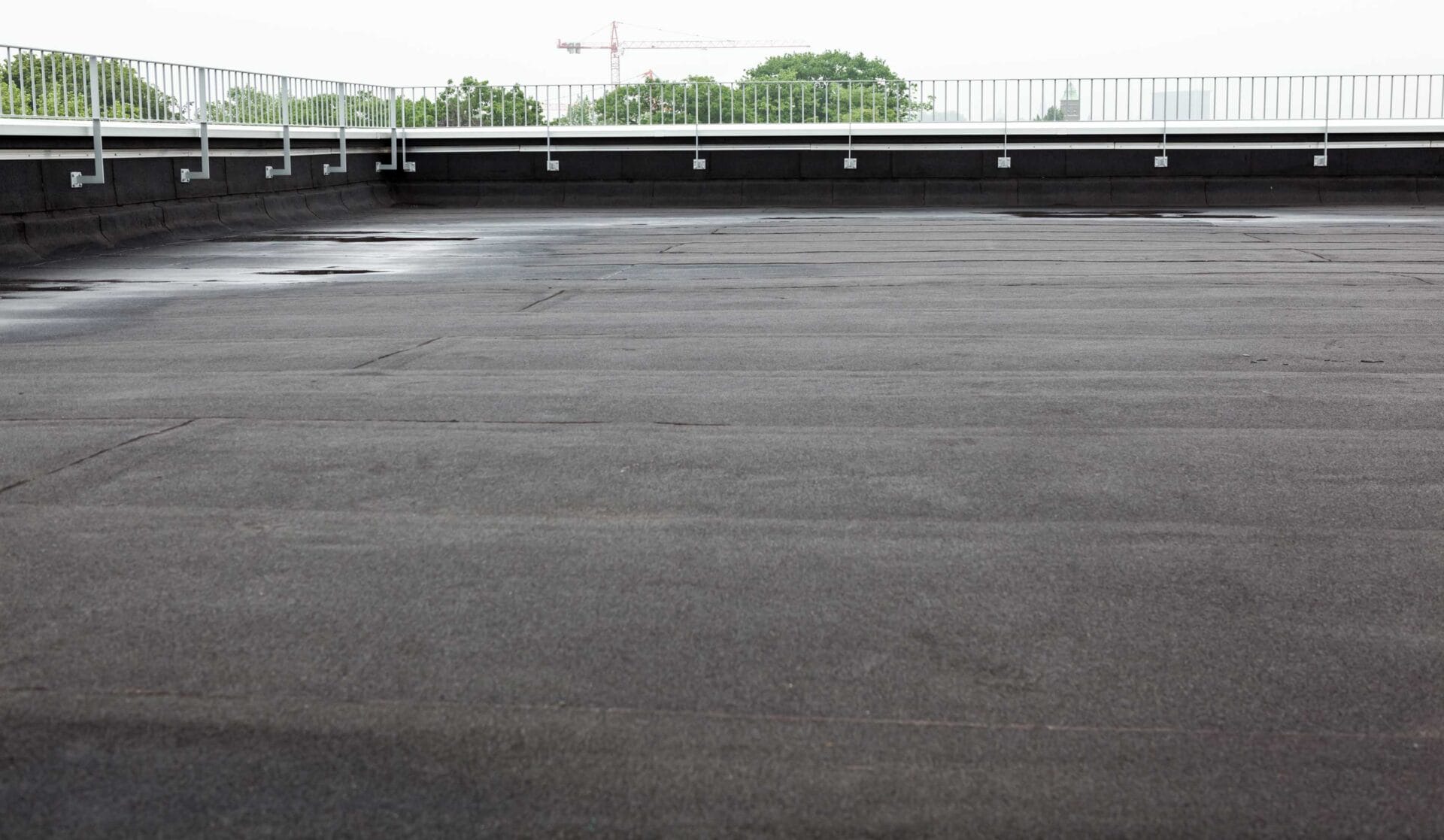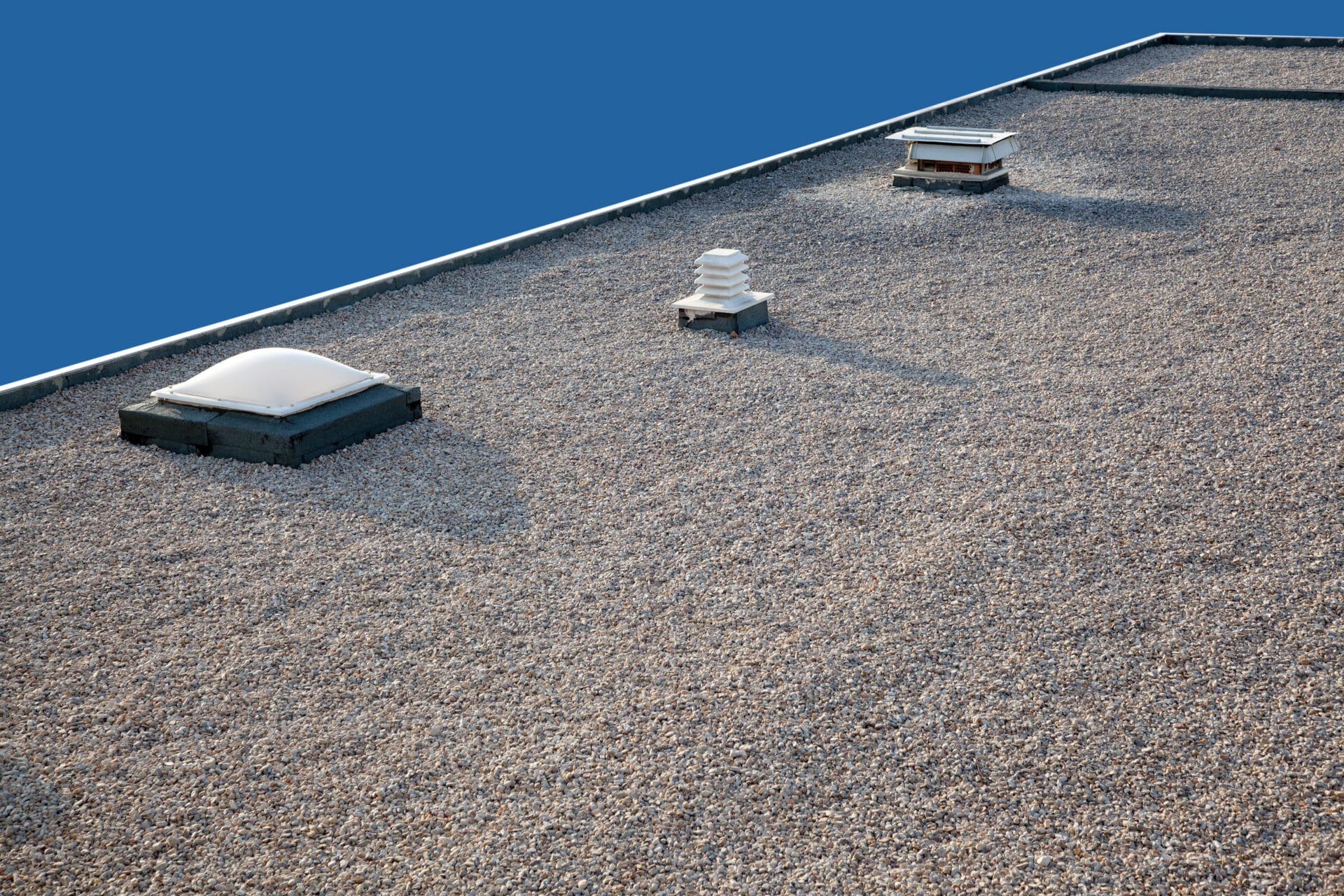Spring is a beautiful time of year in Seattle, WA, with blooming flowers, warmer temperatures, and longer days. However, it’s also a time when homeowners need to be vigilant about the condition of their roofs, especially if they have flat roofing. Flat roofs are particularly susceptible to damage during the spring season due to various factors, including weather changes and wear and tear over time. In this article, we’ll explore five common causes of spring roof damage on flat roofing and provide tips on how to prevent and address these issues.

Heavy Rainfall and Standing Water
Spring in Seattle often brings heavy rainfall, which can pose a significant threat to flat roofs. When rainwater accumulates on a flat roof, it can create pools of standing water that put pressure on the roofing materials and increase the risk of leaks and water damage. Over time, standing water can weaken the roof’s structure and lead to costly repairs. To prevent this issue, homeowners should ensure that their flat roofs have proper drainage systems in place to redirect water away from the surface efficiently.
Debris Build-Up
During the spring months, strong winds can carry debris such as leaves, branches, and other debris onto flat roofs. If left unchecked, this debris can accumulate and clog drainage systems, leading to water pooling and potential damage to the roofing membrane. Regular maintenance, including clearing debris from the roof surface and gutters, is essential to prevent blockages and maintain the integrity of the flat roof.
UV Damage
Seattle may not be known for its scorching summers, but the sun’s UV rays can still take a toll on flat roofing materials over time. UV exposure can cause the roofing membrane to deteriorate, leading to cracks, blistering, and premature aging. To protect flat roofs from UV damage, homeowners can invest in UV-resistant roofing materials and apply protective coatings that reflect sunlight and reduce heat absorption.

Temperature Fluctuations
Spring in Seattle is characterized by fluctuating temperatures, with cool mornings and warm afternoons becoming the norm. These temperature fluctuations can cause flat roofing materials to expand and contract, putting stress on the roof’s seams and joints. Over time, this repeated movement can weaken the roofing system and lead to leaks and other issues. To minimize the impact of temperature fluctuations, homeowners should ensure that their flat roofs are properly installed and insulated to accommodate thermal expansion and contraction.
Moss and Algae Growth
Seattle’s damp climate provides the perfect breeding ground for moss, algae, and other organic growth on flat roofs. If left unchecked, moss and algae can compromise the integrity of the roofing materials and lead to water penetration and structural damage. Regular roof inspections and cleaning are essential to remove moss and algae growth and prevent further damage to the flat roof. Additionally, homeowners can apply moss and algae-resistant treatments to inhibit future growth and preserve the roof’s appearance and functionality.
Contact Lifetime Flat Roofs
Ultimately, spring roof damage on flat roofing in Seattle, WA, can be caused by various factors, including heavy rainfall, debris build-up, UV damage, temperature fluctuations, and moss and algae growth. By staying proactive and addressing these issues promptly, homeowners can protect their flat roofs from damage and prolong their lifespan. If you’re experiencing spring roof damage on your flat roof, don’t hesitate to contact Lifetime Flat Roofs for professional roofing services and solutions tailored to your needs.
To schedule a comprehensive inspection and repair of your flat roof, contact Lifetime Flat Roofs today. Our experienced team is here to help you address any spring roof damage and ensure the long-term integrity of your flat roofing system. Schedule your consultation now!

